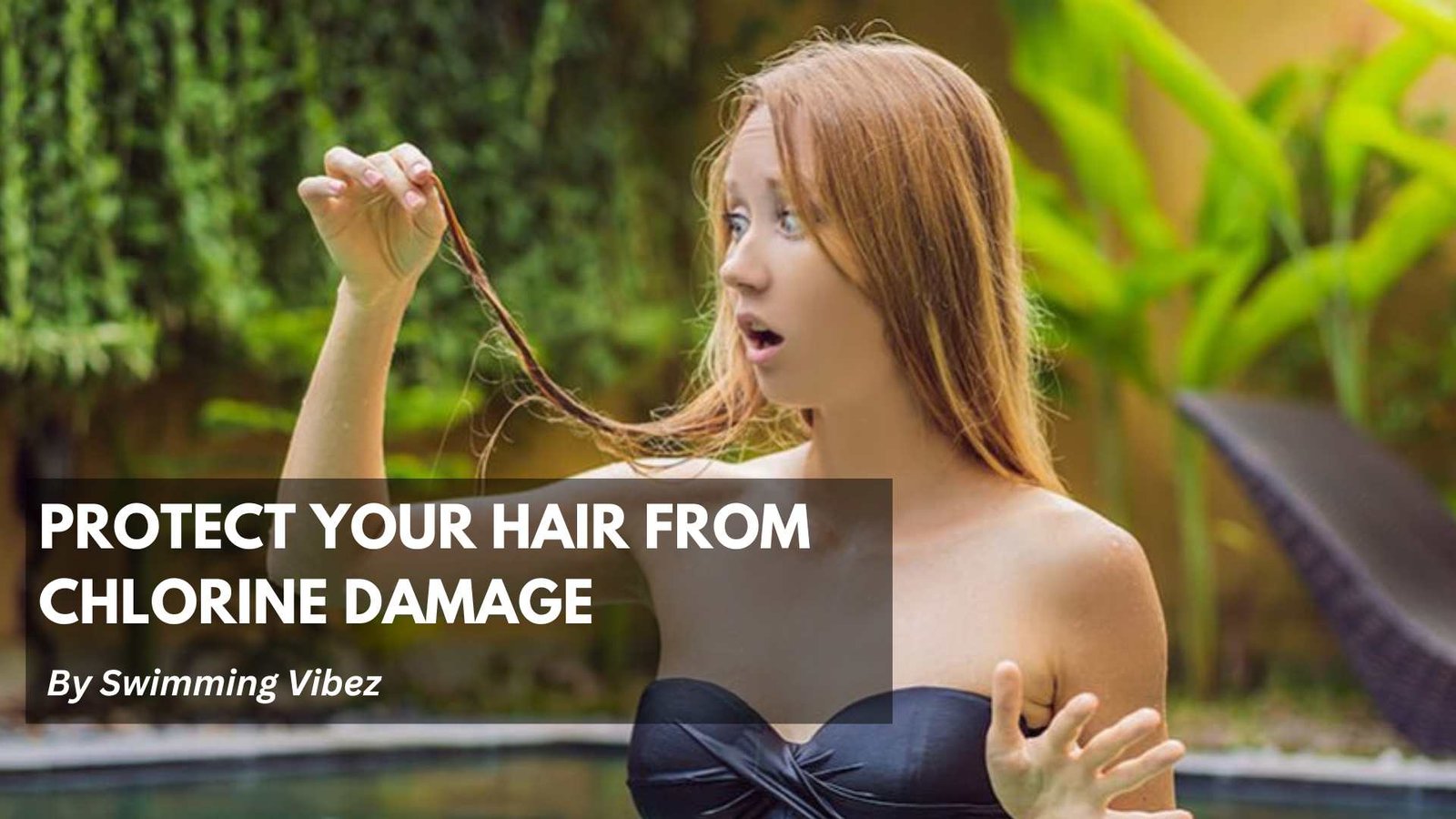Swimming is not just a fantastic exercise but also a joyful activity enjoyed by many. However, for those who swim regularly, the impact of chlorinated water on their hair is a familiar concern. Delving into the science behind chlorine exposure and its effects on hair is crucial in safeguarding those precious locks. Let’s immerse ourselves in the intricacies and delve deeper into effective strategies to maintain the health and vibrancy of your hair.
The Science Behind Chlorine Damage
Chlorine, a powerful chemical disinfectant utilized in swimming pools, plays a crucial role in eradicating bacteria and halting the transmission of infections. While its effectiveness in maintaining water cleanliness is undeniable, the impact on hair health can be less favorable. Upon contact with chlorine, the natural oils safeguarding and nurturing your hair are stripped away, resulting in dryness, breakage, and potential alterations in hair color.
Extended exposure can heighten these adverse effects, underscoring the importance of implementing preventive strategies to mitigate the potential damage. It is advisable to rinse your hair thoroughly post-swim and consider using protective products to safeguard your hair’s health and vitality.
Preventative Measures & Care
Shower Before & After Swimming
Pre-soaking your hair with clean, non-chlorinated water before jumping into the pool can be incredibly beneficial. Your hair is like a sponge; it absorbs the first liquid it comes into contact with. By saturating it with clean water, you reduce the amount of chlorinated water your hair can absorb. Similarly, showering immediately after swimming helps rinse off chlorine and other chemicals from your hair and skin.
Use a Swim Cap
Though it may not be the most fashionable accessory, a swim cap significantly reduces your hair’s exposure to chlorine. Silicone caps are preferable as they provide a tighter seal than latex or lycra caps.
Apply a Protective Layer
Before diving in, consider applying a protective layer to your hair. This can be:
- Leave-in conditioner: A waterproof conditioner can help create a barrier between your hair and the chlorinated water.
- Oil Treatment: Natural oils such as coconut, olive, or argan oil not only offer protection but also nourish your hair. Apply a small amount evenly through your hair before you swim.
Proper Hair Hygiene Post-Swimming
After a refreshing swim, treating your hair with care is essential. Opt for a gentle, sulfate-free shampoo specifically formulated to effectively eliminate chlorine and other harsh chemicals that can strip your hair of its natural oils.
Follow up with a luxurious deep conditioner or nourishing hair mask to restore moisture and essential nutrients, leaving your locks silky smooth and revitalized. Look for products enriched with aloe vera, shea butter, or keratin, as these ingredients are known for their exceptional reparative and moisturizing properties, ensuring your hair stays healthy and radiant.
Home Remedies For Extra Care
Home remedies can work wonders when it comes to reviving chlorine-damaged hair. One tried-and-true method is an apple cider vinegar rinse. Simply mix one part water with one part apple cider vinegar for a natural solution that not only eliminates buildup but also rebalances pH levels and imparts a beautiful shine to your locks. For a pampering treat, consider a homemade hair mask featuring the nourishing goodness of honey and olive oil. This DIY blend is renowned for its exceptional deep conditioning properties that can help bring back luster and vitality to your hair strands.
Conclusion
Chlorine doesn’t have to be your hair’s nemesis. By taking the right precautions and showing proper care, you can fully enjoy your swim without compromising your hair’s health. Remember, prevention is key: shield your hair before swimming by applying a protective conditioner or oil, cleanse it thoroughly with a clarifying shampoo after swimming to remove chlorine residue, and provide nourishment afterward with a deep conditioning treatment to restore moisture.
Additionally, consider wearing a swim cap for extra protection, and make sure to rinse your hair with fresh water before and after swimming to minimize chlorine absorption. By adhering to a consistent and effective hair care routine that includes these steps, you can effectively counteract the long-term effects of chlorine exposure and keep your hair looking healthy and vibrant.
Resources
For further reading and to explore specific products mentioned in this guide, consider visiting:
- The American Academy of Dermatology (AAD) offers comprehensive advice on hair care.
- Swim University provides tips specifically for swimmers, including hair and skincare.
Environmental Working Group (EWG): A great resource for checking the safety and efficacy of personal care products, including those mentioned in this guide.







